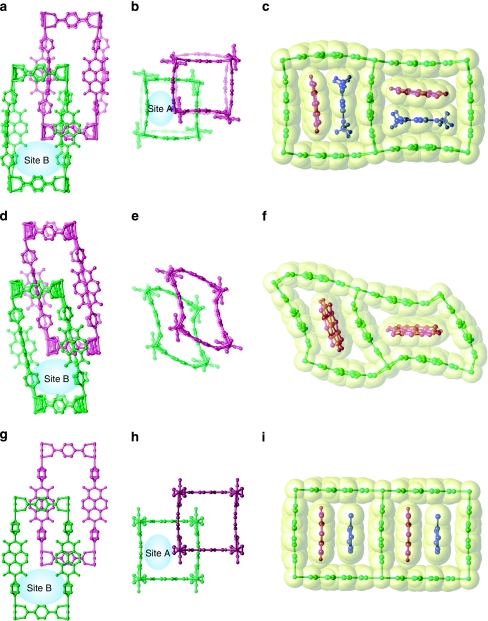Figure 3. Structural dynamics of 1 on the removal and incorporation of guest molecules.
(a–c) The crystal structure of 1a. The views along the main axes of bdc (a) and dpNDI (b) are shown. Site A is defined as the slit-type pore between dpNDI and bdc as shown in (b) and highlighted in (c). Site B illustrated in (a) presents the remaining pore. (d–f) The crystal structure of 1b, determined after the removal of two DMF molecules from site A of 1a. The grid composed of bdc and dpNDI is sheared while maintaining site B (d), and the shearing of the grid composed of two bdc units decreases the size of site A (e); this is also highlighted in (f). (g–i) The crystal structure of 1c. The incorporation of toluene into 1 induces a structural transition to a non-distorted framework (g, h). Compared with 1a (b), the displacement of one framework in the other, along the main axis of bdc, leads to an enlargement in the pore size of site A (h). The toluene molecule interacts with the NDI in site A in a face-to-face manner (i). One of the entangled frameworks is highlighted in green and the other in purple; the guest DMF and toluene molecules are shown in blue. The van der Waals surface is highlighted in yellow.

